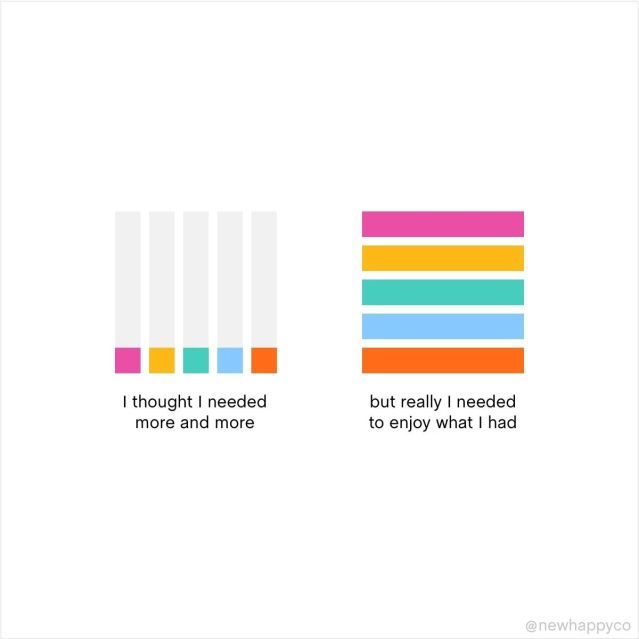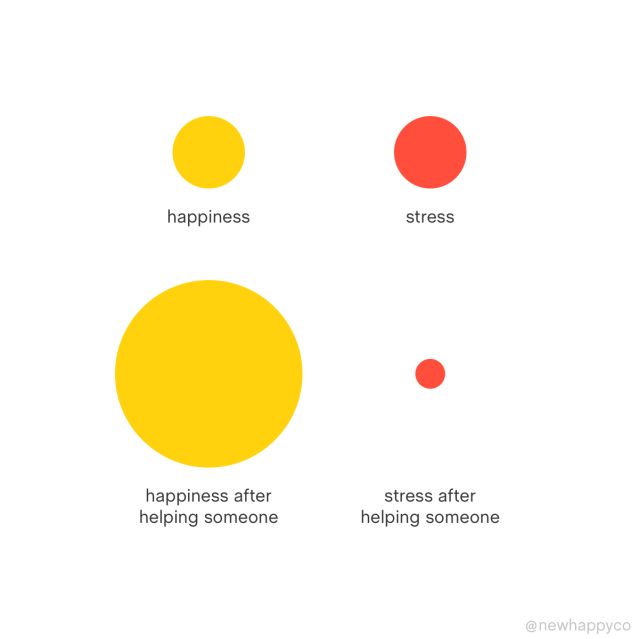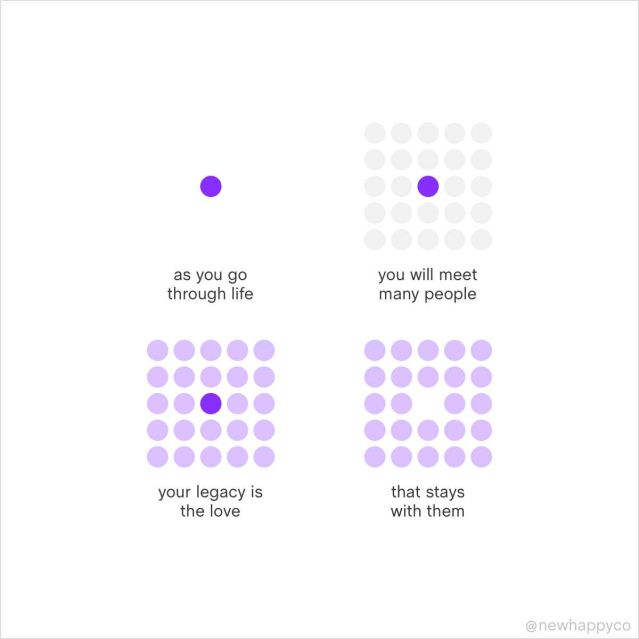Happiness
The Complete Guide to Why Happiness Isn’t Lonely
We’ve been sold a lonely version of happiness: achieve more, prove more, do it all on your own—and then you’ll finally feel complete. In reality, happiness isn’t lonely; it grows when your goals align with your values, your strengths serve others, and your life is rooted in connection and meaning.
This guide breaks down a science-backed, human-centered path to happiness that feels sustainable, connected, and genuinely your own.
Table of Contents
- Why Happiness Isn’t Lonely Matters Now
- The Science Behind Connected Happiness
- Core Principles of “New Happy”
- Advanced Strategies for a Connected, Fulfilling Life
- Common Mistakes That Quietly Sabotage Happiness
- Step-by-Step Implementation Guide
- Tools and Resources to Support Your Journey
- Conclusion and 7-Day Action Plan
Why Happiness Isn’t Lonely Matters Now
In 2025, more people than ever report feeling overwhelmed, disconnected, and behind—despite having more opportunities and tools for success than any previous generation. The problem isn’t that we want to be happy; it’s that we’re following the wrong blueprint.
In simple terms:
True happiness is not a solo trophy you earn at the finish line. It’s a daily practice of living in alignment with your values, using your gifts, and investing in relationships that matter.
When you understand that happiness isn’t lonely, you stop chasing a future version of yourself and start building a life that feels meaningful now.
The Science Behind Connected Happiness
Modern research consistently shows that happiness is less about constant achievement and more about connection, meaning, and contribution.
- Relationships are the strongest predictor of long-term well-being (Harvard, 2024).
- Purpose-driven goals are linked to higher motivation and resilience, compared to purely status-driven goals.
- Belonging and contribution activate the same reward systems in the brain that respond to traditional success, often more sustainably (Stanford researchers).
In other words, the story that you must "earn" your worth alone is outdated. A connected, values-based life is not only more fulfilling—it’s better supported by evidence.
Core Principles of “New Happy”
1. Redefine Happiness So It Works for You
Featured answer (snippet-ready):
Happiness is not the absence of problems or a list of checked goals. It is the experience of living in line with your values, caring for your well-being, nurturing relationships, and using your strengths to positively impact the people and world around you.
The old script says: be perfect, get more, move faster, don’t need anyone. That version quietly breeds burnout, comparison, and isolation.
A more grounded definition:
- You feel most alive when your actions match what you truly care about.
- You measure a good day by presence, contribution, and connection—not just productivity.
- You recognize that happiness isn’t lonely because it naturally invites other people in.
Ask yourself:
- What do I want my life to stand for?
- How do I want people to feel after interacting with me?
- If success couldn’t be posted or measured, what would I still choose to do?
2. Uncouple Achievement from Your Self-Worth
Achievement is meaningful; dependency on achievement for identity is draining.
A powerful shift:
Goals are tools for growth, not conditions for being worthy.
To clarify your motivations, ask: "Why am I pursuing this?"
Common external drivers:
- To impress others
- To feel "enough" only when you win
- To avoid judgment or criticism
Aligned internal drivers:
- To learn, create, or express yourself
- To serve a person, team, or community
- To contribute something you’re proud of
When happiness isn’t lonely, success becomes shared: your progress uplifts others instead of separating you from them.
3. Use Your Unique Gifts to Lift Others
A practical formula:
- Discover who you are.
- Use who you are to help others.
This doesn’t mean grand gestures. It can mean:
- Using your listening skills to support a stressed colleague
- Applying your design, tech, or organizing strengths to solve real problems
- Sharing lessons from your past challenges so others feel less alone
This approach turns your life into a meaningful ecosystem: your growth benefits others, and their growth reinforces yours.
4. Recognize: You Are Worthy Before You Achieve
One of the most damaging beliefs is: "I matter only when I’m productive."
When you tie your worth to output, rest feels guilty, relationships feel like distractions, and joy feels unearned.
Instead, adopt this baseline:
Your worth is inherent. Productivity is a choice, not a verdict.
From this foundation:
- You can pursue excellence without self-contempt.
- You can say no without fearing you disappear.
- You can celebrate others without feeling threatened.
Many of the activities we undervalue—quiet dinners, walks, play, reflection—are exactly what strengthen resilience and joy.

Advanced Strategies for a Connected, Fulfilling Life
Once you embrace that happiness isn’t lonely or perfection-based, you can refine how you live it.
1. Design "Connection-Rich" Goals
Shape goals that nurture both growth and relationships:
- Turn fitness into a shared habit: a weekly run club instead of solitary punishment.
- Turn learning into service: mentor a junior colleague while mastering your craft.
- Turn creativity into contribution: share your writing, insights, or solutions where they can genuinely help.
2. Integrate Micro-Actions of Meaning
Small, consistent actions compound quickly:
- Send one genuine appreciation message per day.
- Schedule 10 minutes for intentional presence with someone you care about.
- Do one task that aligns with your values before checking social media.
These micro-actions reaffirm that meaning and connection are part of "real life," not a bonus.
3. Build a Personal Happiness Ecosystem
Think of your happiness as an ecosystem with four pillars:
- Relationships
- Health (mental, physical, emotional)
- Purposeful work or contribution
- Rest and play
Each pillar supports the others. If one is overused or neglected, the whole system feels it.
Common Mistakes That Quietly Sabotage Happiness
Featured answer (snippet-ready):
The most common happiness killers are tying worth to achievement, over-isolating in the name of productivity, chasing external validation, ignoring your values, and postponing joy until you "arrive" at a future milestone.
Watch out for:
- Believing you must "fix yourself" before you’re allowed deep relationships
- Treating busyness as proof of importance
- Comparing your behind-the-scenes to others’ highlight reels
- Confusing numbing (scrolling, overworking, overconsuming) with real restoration
Correcting these patterns is less about willpower and more about awareness plus small, repeatable changes.
Step-by-Step Implementation Guide
Use this practical roadmap to shift from lonely striving to connected happiness.
Step 1: Rewrite Your Definition of Happiness
- Finish this sentence in one paragraph: "A happy life for me means…"
- Circle words tied to values (kindness, growth, family, creativity).
- Underline anything tied only to image or approval—and question its place.
Step 2: Audit Your Current Goals
- List your top 5 goals.
- Next to each, mark I (intrinsic) or E (external).
- For each E, ask: "How can I reframe this goal so it reflects who I want to be and how I can contribute?"
Step 3: Identify 3 Signature Strengths
If you’re unsure, ask:
- What do people naturally come to me for?
- When do I feel energized and useful at the same time?
- What challenges have shaped practical wisdom I can share?
Choose 3 strengths and write one way you’ll use each to help someone this week.
Step 4: Schedule Connection as a Non-Negotiable
- Add 2–3 recurring touchpoints: a weekly call, shared meals, focused time with a partner or friend.
- Protect them like meetings with your future self.
This reinforces the truth that happiness isn’t lonely—it’s relational.
Step 5: Separate Worth from Output Daily
At the end of each day, answer:
- How did I show up in line with my values today?
- Where did I offer or receive support?
This trains your mind to measure your days by integrity and connection, not just checkboxes.
Step 6: Practice Present-Moment Appreciation
- Once a day, pause for 30 seconds.
- Notice one thing that is already good: a person, a comfort, an opportunity.
- Acknowledge: "I don’t have to earn this moment to be allowed to enjoy it."

Tools and Resources to Support Your Journey
Consider these practical tools to anchor your new approach:
- Reflection journal: Track values-based wins, not just tasks.
- Accountability circle: 2–4 people committed to honest check-ins about goals and well-being.
- Mindfulness or breathwork apps: Short, guided pauses to reconnect to intention.
- Strengths or personality assessments: Use results as a starting point to explore how you can serve.
Use tools that simplify your life, deepen awareness, and support connection—not those that pressure you into constant optimization.
Conclusion and 7-Day Action Plan
When you release the myth that happiness is a solitary reward for perfect achievement, you create space for a more honest, human, and grounded life. Happiness isn’t lonely—it’s built through shared effort, everyday kindness, and choosing meaning over performance.
Here’s a simple 7-day plan to begin:
- Day 1: Write your personal definition of happiness.
- Day 2: Audit your top goals and reframe one around intrinsic meaning.
- Day 3: Identify 3 strengths and use one to help someone.
- Day 4: Plan one intentional connection (call, walk, meal).
- Day 5: Do one meaningful task before checking your phone.
- Day 6: Practice a 2-minute reflection on where you felt most like yourself.
- Day 7: Review the week and choose one habit to repeat for the next month.
Start small, stay honest, and remember: the most sustainable path to joy is one where you don’t walk alone.





